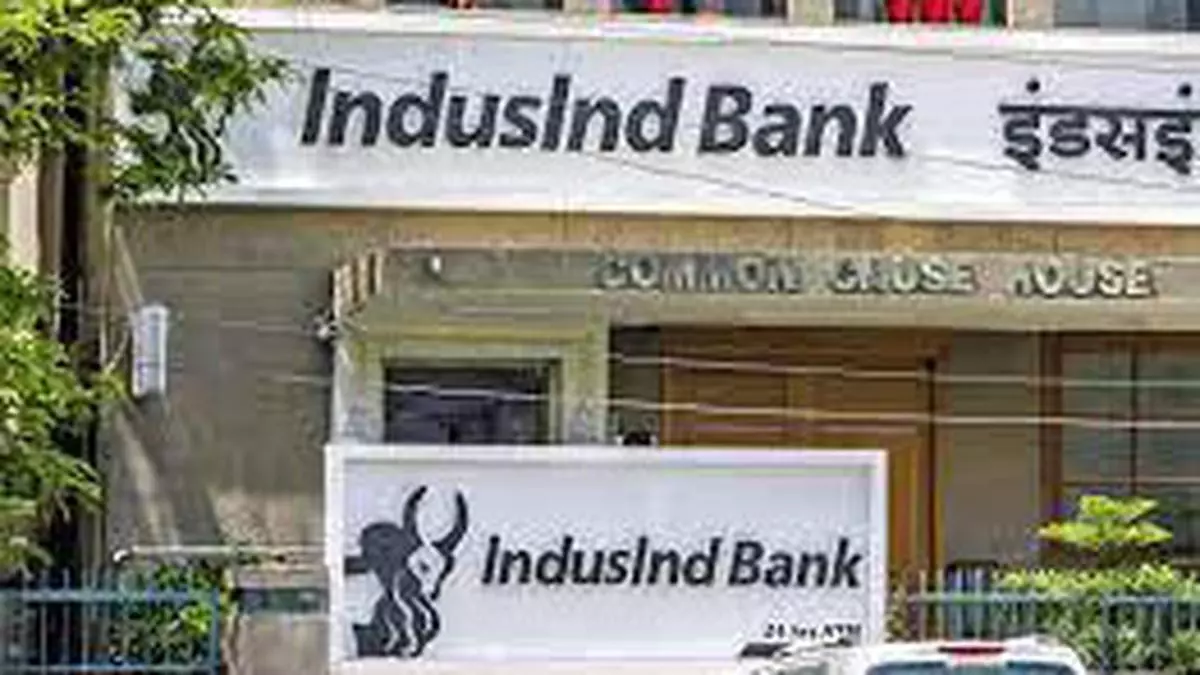IndusInd Bank consolidated PAT up 22% on strong retail loan growth
IndusInd Bank posted a consolidated net profit of ₹2,202 crore for Q2 FY24, up 22 per cent y-o-y and 4 per cent q-o-q. The consolidated results include the financials of wholly owned subsidiaries Bharat Financial Inclusion and IndusInd Marketing and Financial Services.
Net Interest Income (NII) for the quarter grew 18 per cent y-o-y and 4 per cent q-o-q to ₹ 5,077 crore. Net Interest Margin (NIM) was at 4.29 per cent, flat from a quarter ago and better than 4.24 per cent a year ago.
“Our balance sheet construct and growth dynamics are able to withstand the NIM volatility. While the interest rate cycle seems to have elongated, we believe the bank has enough levers to absorb any increase in cost of deposits, within the ambition of 4.2-4.3 per cent NIM,” MD and CEO Sumant Kathpalia said in the post earnings call.
“While our cost of deposits increased by 23 bps, the lower borrowing cost and effective asset side management led to steady NIMs during the quarter,” he added.
Yield on Assets was 9.69 per cent compared with 8.65 per cent in the previous year. Cost of funds too rose to 5.40 per cent from 4.41 per cent.
Deposits were up 14 per cent y-o-y and 4 per cent q-o-q at ₹3.6 lakh crore as at the end of September driven by 21 per cent y-o-y and 4 q-o-q growth in retail deposits, which comprised 43.7 per cent of total deposits.
CASA deposits grew 6 per cent y-o-y to ₹ 1.4 lakh crore, with the CASA ratio at 39 per cent, with Kathpalia saying that CASA deposit accretion remains challenging but should start normalising after two quarters.
Loan growth, NPAs
Advances grew 21 per cent to ₹ 3.2 lakh crore, led by a 25 per cent rise in retail loans and 18 per cent in corporate loans, largely led by small corporates.
The lender’s dependency on small corporates is increasing and they currently account for 11 per cent of corporate loans, Kathpalia said adding that the focus is on segments such as real estate, financial services, food and agriculture and healthcare.
He added that H2 is traditionally better for the vehicle and microfinance segments, which should help sustain credit growth in the coming quarters, supported by the expected pick up in economic activity due to the upcoming festive demand and robust consumption.
The bank said NPA figures for the vehicle portfolio look elevated due to slower vehicle sales and lending in both urban and rural areas. It pegged gross slippage ratio for the portfolio at 2 per cent and credit cost at 1 per cent.
Personal loan NPAs are higher because of scaling up of the merchant acquisition business where the credit cost is 2-3 per cent, Kathpalia said adding that the bank’s portfolio quality remains one of the best in the industry due to its conservative approach.
Gross NPA ratio improved slightly to 1.93 per cent from 1.94 per cent a quarter ago. Net NPA ratio at 0.57 per cent was also marginally better than 0.58 per cent as of June 2023.
There is dedicated focus on recoveries and upgrades in the MFI portfolio which has led to incremental slippages slowing down, Kathpalia said, adding that gross NPA levels for the bank are in-line with the industry.
Slippages for the quarter were ₹1,465 crore, of which ₹ 500 crore were from the vehicle finance portfolio and one large corporate account of ₹ 168 crore.
